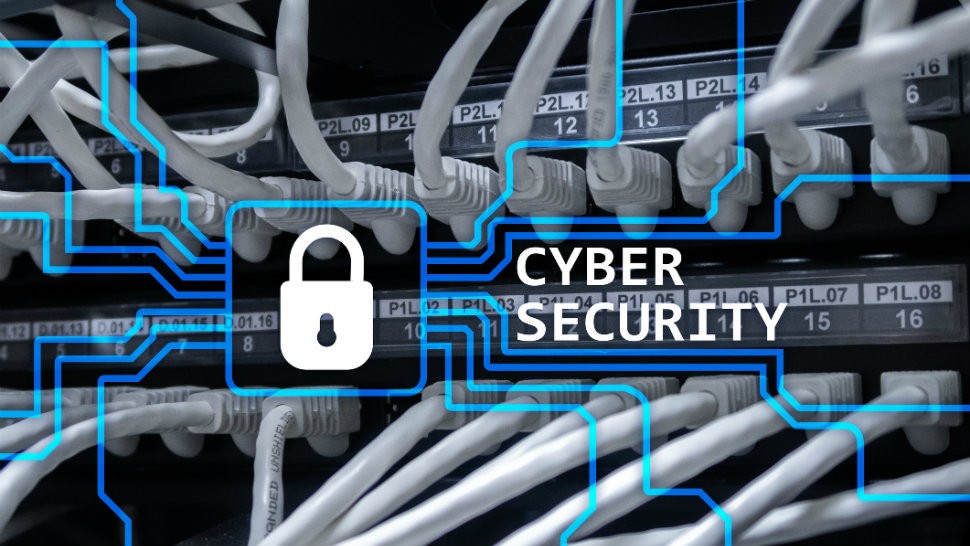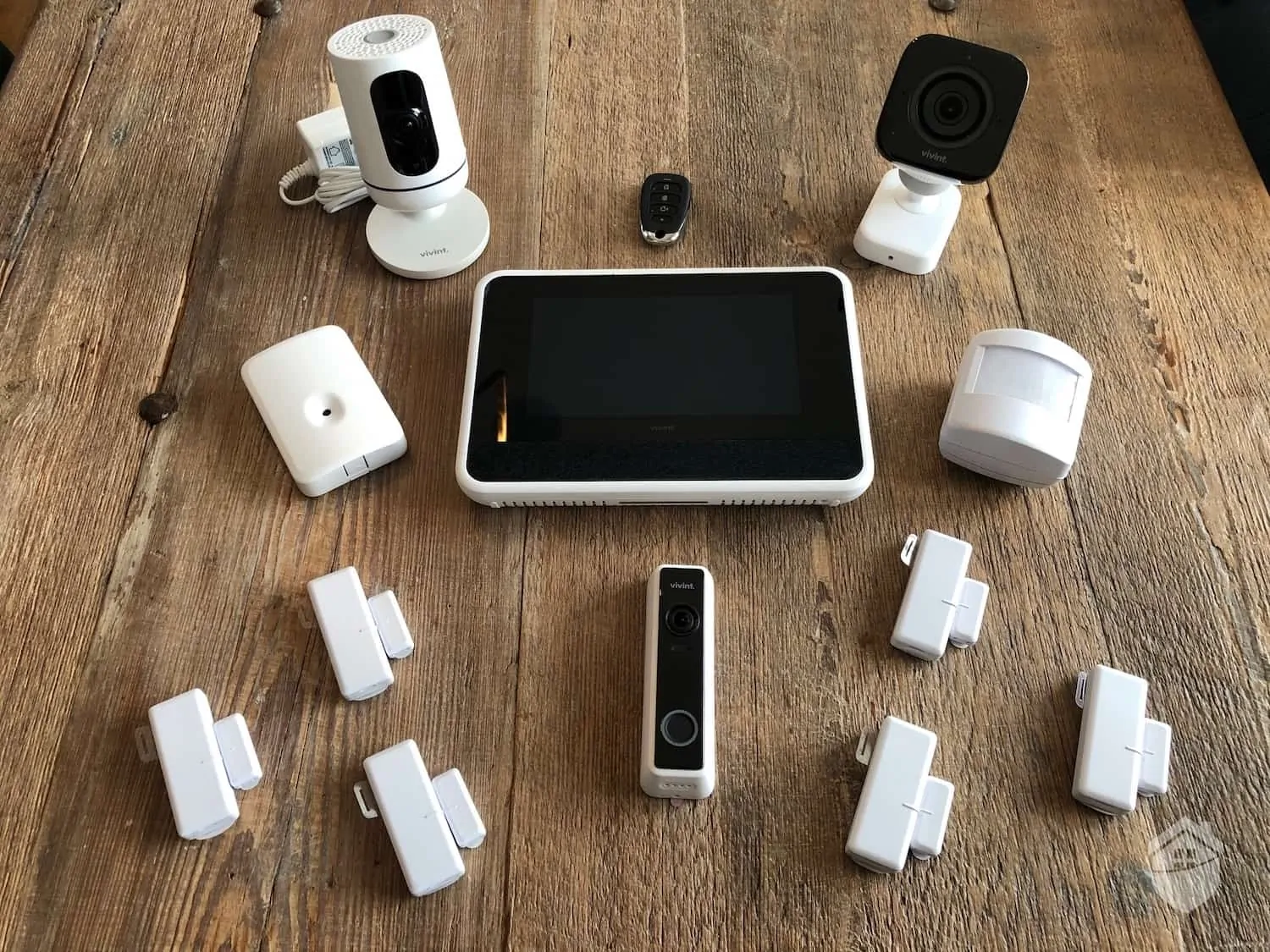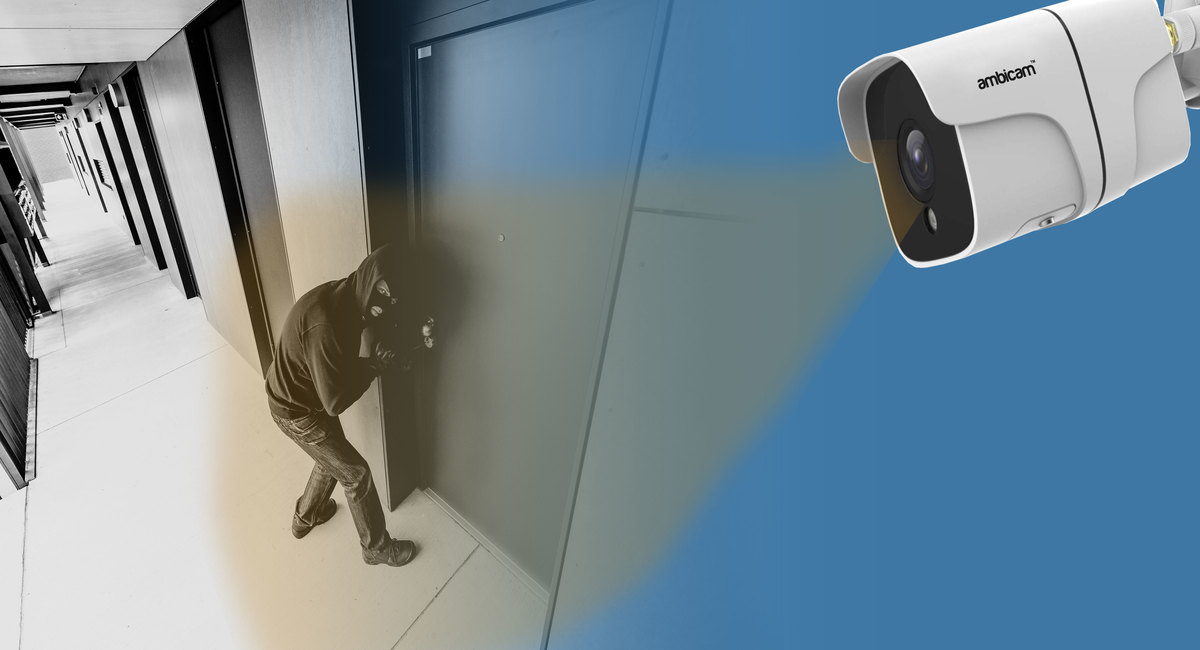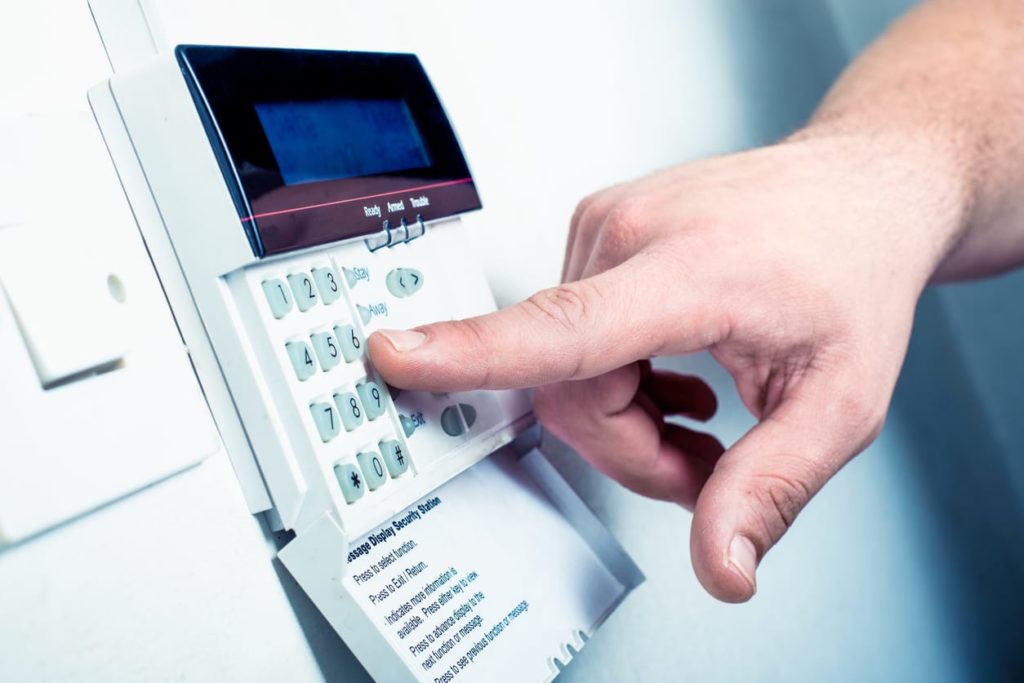Contents
The Importance of Cybersecurity in Today’s Digital Age
In today’s world, our lives are heavily dependent on technology and the internet. We rely on the internet for communication, information, entertainment, and even our shopping needs. However, with this dependence comes vulnerability to cyber threats and attacks.
Cybersecurity is becoming increasingly important as we continue to rely more on technology in our daily lives. Cyber threats can come from various sources such as hackers, malicious software or employees with harmful intent.
These threats can cause damage to your devices, steal your personal information and cause financial losses. One of the most significant reasons why cybersecurity is crucial is because of identity theft.
Identity theft occurs when someone steals your personal information such as your name, social security number or bank details and uses that information for fraudulent purposes. The rise of data breaches has made it easier than ever for cybercriminals to obtain this kind of sensitive data.
Another reason why cybersecurity is essential is because cybercriminals are constantly developing new ways to commit fraud and steal information. This means that we need to be vigilant in protecting ourselves online.
It’s not enough just to have antivirus software installed on your devices; you need to stay up-to-date with the latest scams and methods that hackers use. It’s also worth noting that cybersecurity isn’t just important for individuals but also businesses.
Companies hold a lot of sensitive data about their customers and employees, so it’s vital they protect this information from being accessed by unauthorized individuals. With more people using digital devices every day, cybersecurity has become an essential part of protecting yourself online.
It’s essential not only for individuals but also businesses who handle sensitive customer data regularly. Taking steps like setting up strong passwords and staying vigilant while using the internet can go a long way in keeping you safe from cyber threats.
Understanding Cyber Threats
What are Cyber Threats?
A cyber threat is simply any risk or attack that can compromise the confidentiality, integrity, and availability of your online data. These threats can come in various forms and target everyone from individuals to large corporations. However, one thing all cyber threats have in common is that they aim to exploit vulnerabilities in your digital environment.
Types of Cyber Attacks
There are many types of cyber attacks that you should be aware of. One common type is phishing attacks.
These attacks typically involve a fraudulent email or message designed to trick you into revealing sensitive information like login credentials or credit card details. Another dangerous type of attack is malware.
Malware refers to malicious software that can infect your devices and steal data or damage your system. Common examples include viruses, Trojans, spyware, and ransomware.
Ransomware is particularly concerning as it can completely lock you out of your device until a ransom payment is made. Other types of attacks include denial-of-service (DoS) attacks, where the attacker floods a website with traffic until it crashes or becomes unavailable.
How Cybercriminals Operate
Cybercriminals use a variety of tactics to carry out their attacks. Social engineering techniques are often used to trick people into giving away their personal information through email phishing scams or fake websites designed to look like legitimate ones. Other methods used by cybercriminals include exploiting vulnerabilities in software programs and operating systems, using brute force attacks on login credentials, and exploiting user errors such as not updating passwords regularly.
Cybercrime has become increasingly organized over time with the rise of hacking groups and dark web marketplaces where stolen data can be sold for profit. The best way to defend against these threats is by educating yourself about them and taking proactive measures to protect your online presence.
Cyber threats are a serious concern in today’s digital age, and understanding them is crucial to staying safe online. There are many types of attacks to be aware of, including phishing attacks, malware, ransomware, and DoS attacks. Cybercriminals operate by exploiting vulnerabilities in software and operating systems, social engineering tactics or user error.
It has become increasingly organized over time with the rise of hacking groups and dark web marketplaces. By educating yourself about these threats and taking proactive measures to protect your online presence, you can reduce the risk of falling victim to these attacks.
Protecting Your Devices
The Importance of Strong Passwords
One of the easiest ways to protect your devices is by setting strong and unique passwords. A strong password contains a mix of upper and lowercase letters, numbers, and symbols. Avoid using common words or phrases that can easily be guessed.
Instead, use a combination of random characters that don’t have any personal significance. It’s also important to avoid reusing passwords across different accounts.
If one account is compromised, cybercriminals can use that information to access other accounts with the same login credentials. Consider using a password manager to generate and store strong passwords for each account.
Two-Factor Authentication
Two-factor authentication (2FA) provides an extra layer of security by requiring two forms of identification before granting access to an account. This typically involves entering a password and then providing a second piece of information such as a code sent via text message or email.
By enabling 2FA on your accounts, you greatly reduce the risk of unauthorized access even if someone manages to obtain your login credentials. Many popular online services now offer 2FA as an option, so be sure to enable it wherever possible.
Keeping Software and Operating Systems Updated
Software updates often include security patches and bug fixes that address vulnerabilities in the product. By keeping software and operating systems updated, you ensure that any known security issues are addressed as soon as possible.
Set up automatic updates on your devices whenever possible so you don’t have to remember to manually check for new updates regularly. Additionally, be cautious when installing software from untrusted sources or clicking on links in emails or messages claiming there’s an urgent update available – these could be phishing attempts designed to trick you into downloading malware onto your device.
In addition to keeping software updated, it’s important to regularly back up important data so you’re able to recover it in case of a security breach or other disaster. Consider using cloud storage or an external hard drive to store backups off your device.
Conclusion
By taking steps to protect your devices, you greatly reduce the risk of becoming a victim of cybercrime. Simple precautions such as setting strong passwords, enabling 2FA, and keeping software updated can go a long way toward protecting your personal data and online accounts. Remember that cybersecurity is an ongoing process – be vigilant and stay informed about the latest threats and best practices for staying safe online.
Protecting Your Online Identity
Avoiding Oversharing Personal Information Online
We’ve all heard the phrase, “think before you post.” It’s become a cliché, but it’s important to remember that oversharing personal information online can lead to serious consequences. Cybercriminals can use this information for various purposes like identity theft, fraud or even blackmail. Avoid posting things like your home address, phone number, or email address publicly on social media platforms or other websites.
Even seemingly innocent things like sharing pictures of your pets or favorite vacation spots can give cybercriminals clues about your life and habits. It’s also essential to teach children about the importance of online privacy and not sharing too much personal information.
Using Privacy Settings on Social Media Platforms
To protect your online identity from prying eyes, you should use privacy settings on social media platforms. These settings allow you to limit the people who can see your posts or profile. Review these settings regularly because they may have been changed without your knowledge.
Uncheck any boxes that would allow search engines to index your profile if you want to keep it private. Also, consider setting up two-factor authentication for additional security when logging into social media accounts.
Being Cautious When Clicking on Links or Downloading Attachments
Phishing is a popular technique used by cybercriminals where they trick users into clicking on links that look legitimate but redirect them to fake websites designed to steal personal data. You should be cautious when opening emails from unknown senders and avoid clicking on links in those emails.
Similarly, downloading attachments from unknown senders could infect your device with malware. Ensure downloaded files are up-to-date and come only from reputable sources before opening them.
It’s also important not to click on pop-up ads as they may contain malicious code or viruses that can harm your device. Use an ad-blocker to minimize the risk of potentially harmful ads.
Conclusion
Protecting your online identity is essential in today’s digital age. The internet is a vast and interconnected network of devices, and we all have a role to play in keeping it safe from cybercriminals. By following these simple tips, you can protect yourself from identity theft, fraud, and other online threats.
Remember to be cautious about the information you share online, use privacy settings on social media platforms, and always think twice before clicking on links or downloading attachments from unknown sources. Stay vigilant and stay safe!
Securing Your Home Network
Setting up a Secure Wi-Fi Network
One of the most important steps in securing your home network is setting up a secure Wi-Fi network. Start by changing the default name and password of your network to something unique and difficult to guess. Avoid using any personal information that could make it easy for someone to figure out, such as your name or address.
Use a combination of letters, numbers, and symbols in your password. Next, turn on WPA2 encryption on your router.
This will ensure that all data transmitted over your network is encrypted and protected from prying eyes. If your router has an option for guest networks, consider setting one up so that visitors can connect without accessing your main network.
Changing Default Router Settings
Another important step in securing your home network is changing default router settings. Cybercriminals often target routers with default settings since they are easy to breach.
Change the default username and password to something unique and strong. Also, change the default IP address of the router if possible.
Turn off remote management on the router so that it can only be accessed from within the home network. This will prevent cybercriminals from remotely accessing and controlling the router from outside.
Using a Firewall
A firewall is an essential tool for securing any home network. It acts as a barrier between your devices and the internet, blocking unauthorized access while allowing legitimate traffic through.
Most modern routers come with built-in firewalls that you can enable through their settings menu. Make sure yours is turned on and configured properly to protect against cyber threats such as malware or phishing attacks.
If you want an extra layer of protection, consider installing software firewalls on individual devices as well. These programs will monitor incoming and outgoing traffic on specific devices, preventing any unauthorized access or malicious activity.
Overall, securing your home network is crucial for protecting your online privacy and security. By following these steps, you’ll be able to create a strong and secure network that can protect against cyber threats and keep your personal information safe.
Safe Online Shopping and Banking
Tips for safe online transactions
Shopping and banking online is convenient, but it comes with risks. Cybercriminals can intercept your sensitive data and use it for fraudulent activities. To avoid becoming a victim of cybercrime, here are some tips to keep in mind when conducting online transactions:
Firstly, only shop or bank on websites that you trust. Make sure the website has an “https” URL or padlock symbol in the address bar.
This means that the site uses secure encryption to protect your data. Secondly, avoid using public Wi-Fi for sensitive transactions.
Public Wi-Fi networks are often unsecured, making it easier for hackers to intercept your data. Thirdly, always use a credit card instead of a debit card for online purchases.
Credit cards offer more fraud protection and limit your liability if unauthorized transactions occur. Never share your login information with anyone or save your usernames and passwords on browsers or devices that others have access to.
Identifying secure websites (https)
When shopping or banking online, it’s important to only conduct transactions on secure websites. Secure sites will have “https” in their URL instead of “http”. The ‘s’ stands for secure socket layer (SSL) encryption – which ensures that any information you enter into the website is encrypted before transmission so that cybercriminals cannot intercept it.
To ensure you are using a safe website while shopping on your computer browser – look at the address bar where the URL is listed – if there is an “https://” at the beginning of the URL as well as a lock icon next to it then you know that this page is fully encrypted and safe to use. If shopping via mobile device – look at the browser’s address bar in Safari (iOS), Firefox (Android), Chrome (Android), Samsung Internet Browser – these browsers will often contain a small padlock or “https” in the address bar next to the URL to show the site is secure.
Avoiding public Wi-Fi for sensitive transactions
Public Wi-Fi is often unsecured and can be easily hacked by cybercriminals looking to intercept your data. Avoid using public Wi-Fi for any sensitive transactions such as online banking, or online shopping, which require you to enter personal information.
If you must use a public network, consider using a virtual private network (VPN) that encrypts your data and hides your IP address. VPNs are available on various devices and can provide an extra layer of protection when accessing the internet on-the-go.
Conclusion
Shopping and banking online can be convenient but comes with inherent risks. Protect yourself from cyber threats by adhering to these tips for safe online transactions: shop only from trusted websites with “https” in their URLs, avoid using public Wi-Fi networks when conducting sensitive transactions, use credit cards instead of debit cards, and never share login information with anyone else. By taking these simple steps, you can reduce your chances of becoming a victim of cybercrime while enjoying all the benefits of online shopping and banking.
Cybersecurity for Businesses
Why Cybersecurity is Critical for Businesses
If you own or operate a business, protecting your company’s data should be one of your top priorities. Cybersecurity breaches can lead to significant financial loss, damage to reputation, and even legal issues.
Small businesses are particularly vulnerable, as they often have limited resources and may not have dedicated IT staff to handle cybersecurity. Cybercriminals target small businesses because they know that many do not invest in proper security measures.
According to a report by Verizon, 43% of all cyber attacks target small businesses. This makes it essential for all small business owners to understand the importance of cybersecurity and take steps to protect their company’s data.
Best Practices for Securing Business Networks and Data
There are several best practices that businesses can follow to protect their networks and data from cyber threats:
1. Create a Cybersecurity Plan: Develop a comprehensive cybersecurity plan that outlines policies and procedures related to network security, employee training, incident response plans, etc.
2. Educate Employees: Provide regular training sessions on the importance of cybersecurity and how employees can help prevent cyber threats such as phishing scams.
3. Use Strong Passwords: Encourage employees to use strong passwords with a combination of letters, numbers, and special characters.
Implement two-factor authentication wherever possible.
4. Keep Software Up-to-Date: Regularly update software programs used on company devices including operating systems as well as antivirus software.
5. Monitor Network Activity: Monitor network activity regularly in order to identify any unusual patterns or threats that may be developing on your system.
6. Limit Access: Limit access control so only authorized personnel are able to access sensitive information like customer data or financial records
7. Invest in Security Technology: Implementing advanced technologies such as firewalls, intrusion detection systems (IDS), Anti-Virus and Malware Protection.
8. Backup Regularly: Always have a well-designed backup and recovery plan in place to ensure that your data is safe in case of a ransomware attack or other catastrophe that results in data loss.
Conclusion
Cybersecurity should be a top priority for businesses of all sizes. Cybercriminals are always looking for new ways to exploit vulnerabilities, so it’s essential to implement best practices and keep up with the latest security technologies.
By creating a comprehensive cybersecurity plan, educating employees, using strong passwords, monitoring network activity regularly and investing in security technology you can help protect your business from cyber threats. Remember that prevention is key when it comes to cybersecurity breaches, so take the time now to secure your company’s data and avoid potential financial losses or legal issues down the road.
Conclusion
Congratulations, you now have a solid understanding of cybersecurity basics and the steps you can take to protect yourself online. As technology continues to evolve, it’s important to stay informed and vigilant about potential threats. Here are some key takeaways to keep in mind:
Stay Informed
One of the best ways to protect yourself is by staying informed about the latest cybersecurity threats and trends. Follow reputable security blogs and news outlets for updates on new threats and how you can protect yourself.
Use Strong Passwords
Creating strong passwords is essential for protecting your online accounts. Use long, complex passwords that include a mix of uppercase and lowercase letters, numbers, and symbols. Avoid using the same password for multiple accounts.
Be Cautious Online
Be cautious when clicking on links or downloading attachments from unfamiliar sources. Pay attention to warning messages from your browser or antivirus software. Don’t overshare personal information on social media platforms, as this can make it easier for cybercriminals to target you.
Secure Your Devices
Make sure your devices are protected with up-to-date antivirus software and firewalls. Keep your operating system and software updated with the latest security patches.
Protect Your Home Network
Set up a secure Wi-Fi network at home by changing your default router settings, using strong passwords, and enabling WPA2 encryption. Consider setting up a separate guest network for visitors. Remember, there is no such thing as 100% security online – but by following these basic cybersecurity practices, you can greatly reduce your risk of becoming a victim of cybercrime.
While cybersecurity may seem overwhelming at first glance – understanding basic concepts like strong passwords and two-factor authentication will go far in protecting oneself online. Remaining vigilant while browsing online as well as keeping devices updated and secured will help prevent cyber attacks.
Don’t forget to stay informed on the latest threats and trends by following reputable news outlets and blogs. With these practices in place, we can all feel better about our online presence while continuing to enjoy all that the digital world has to offer.










